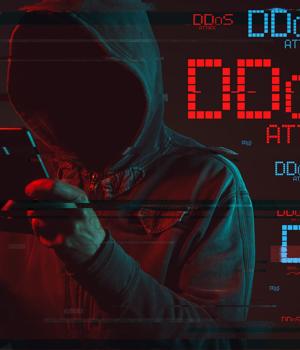Security News > 2020 > December > SolarWinds releases known attack timeline, new data suggests hackers may have done a dummy run last year

In an 8-K filing to the US Securities and Exchange Commission, SolarWinds has given more details on exactly how it learned its servers were spewing out malware.
Security shop FireEye, as well as other sources, have confirmed that the main malware controller being used in the SolarWinds attack has been killed off this week.
Hackers unknown, believed to be state-sponsored, have been romping through some 18,000 of SolarsWinds' Origin customer servers using malware installed via an update server.
"Sunburst is the malware that was distributed through SolarWinds software. As part of FireEye's analysis of Sunburst, we identified a killswitch that would prevent Sunburst from continuing to operate," the company told The Reg.
"Our hypothesis is that either the extensions were deliberately created with the malware built in, or the author waited for the extensions to become popular, and then pushed an update containing the malware," said Jan Rubín, malware researcher at Avast.
News URL
https://go.theregister.com/feed/www.theregister.com/2020/12/21/in_brief_security/
Related news
- Hackers Abuse Russian Bulletproof Host Proton66 for Global Attacks and Malware Delivery (source)
- Hackers abuse Zoom remote control feature for crypto-theft attacks (source)
- DPRK Hackers Steal $137M from TRON Users in Single-Day Phishing Attack (source)
- Lazarus hackers breach six companies in watering hole attacks (source)
- Chinese Hackers Abuse IPv6 SLAAC for AitM Attacks via Spellbinder Lateral Movement Tool (source)
- Chinese hackers behind attacks targeting SAP NetWeaver servers (source)
- Hackers now testing ClickFix attacks against Linux targets (source)
- Hackers behind UK retail attacks now targeting US companies (source)
- Chinese Hackers Deploy MarsSnake Backdoor in Multi-Year Attack on Saudi Organization (source)
- Chinese Hackers Exploit Ivanti EPMM Bugs in Global Enterprise Network Attacks (source)